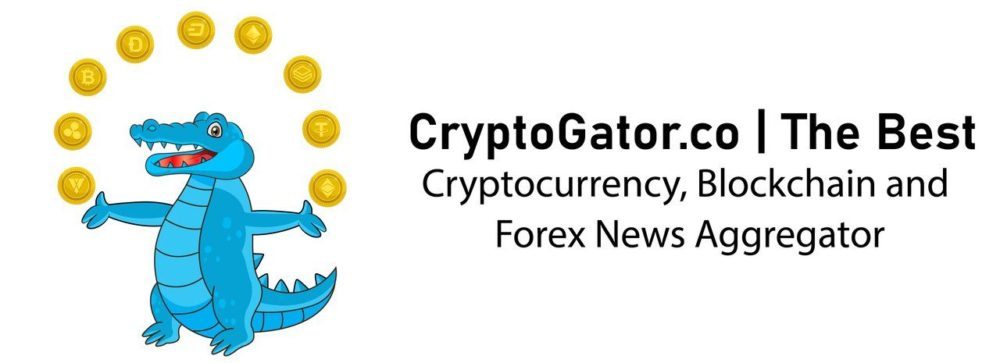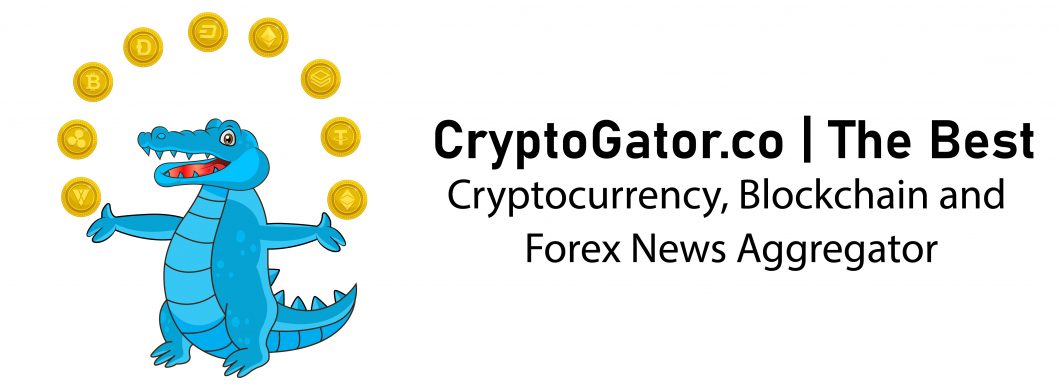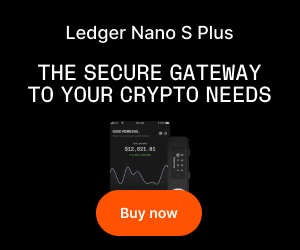Welcome back to the Monopoly Man column here at NFT Plazas. In case you missed it, NFTs have made their way into the mainstream. No longer reserved for the crypto-minded futurists, some rather notable celebrities have recently touted some high value Apes. Amongst these celebrities are Future, Jimmy Fallon, Post Malone, Andy Milonakis, etc.
Go Ahead, Screenshot My NFT
While the NFT community cheered Fallon’s decision to come aboard, an outcry from disgruntled and confused onlookers poured out. Reading through the comments under Jimmy’s Ape announcement, I was struck by the clear lack of understanding displayed by the greater public as to what an NFT really is. Many seem to believe that an NFT is solely an image, and by screenshotting the image, somehow, they are an owner of said NFT.
Name my ape! Drop your suggestions below @BoredApeYC #BAYC #BoredApeYachtClub #NFTs pic.twitter.com/pwFynGy9QJ
— jimmy fallon (@jimmyfallon) November 17, 2021
Make no mistake about it, the digital medium (image, audio, video, etc.), pointed-to within the metadata of an NFT is important. It is the digital medium that helps bring the NFT to life, but it is far from the NFT’s only driver of value.
Given the mass confusion (even amongst some NFT owners) and celebrities aping in, I figure now is as good a time as ever to review the exact nature of an NFT.
Etherscan is Your Friend
The groundbreaking thing about NFTs and cryptocurrencies is digital ownership can finally be proven! Historically, before blockchains, the entire art market posed significant challenges with proving ownership and authenticity.
Take for instance Pablo Picasso; throughout his career, his paintings sold for hundreds of millions of dollars. The value of his paintings have attracted some expert copycats. Some of these copycats have even outfoxed leading art historians.
Imagine a world where Picasso launched his works as NFTs. Using blockchain scanners (like Etherscan), we could validate the legitimacy of the Picasso. There would be no need for art historians to validate the legitimacy, we could simply review the contract ID and confirm that it’s Picasso’s contract ID, and any question of legitimacy is immediately resolved.
In practice, we can use Etherscan to confirm legitimacy of any NFT or on-chain transaction. In Jimmy Fallon’s ape transaction, we can validate that Jimmy received a bona fide Ape (BAYC #599). We can even see where it came from, how much the transaction cost, and when the transaction occurred. Most importantly, each element presented on this transaction is decentralized and immutable.
Published plainly on the Bored Ape site is their contract address. The contract ID is the digital equivalent of an artist’s signature at the bottom of a painting. Using this unique ID, tied to all 10,000 Apes, even if a copycat right-clicks and saves each Bored Ape to resell them, they would quickly be identified as a fake.
Collab.Land is Also Your Friend
While distributed and probable ownership of digital information (i.e. digital assets) is valuable, it doesn’t mean anything without function. What is the point of owning a car if you can’t drive it? What is the point of owning an NFT if it doesn’t provide any utility?
With provable ownership information, apps like Collab.Land can determine what tokens are held within a digital wallet and ultimately distinguish owners from non-owners. Once this distinction is drawn, private lines of communication can also be drawn.
This could come in the form of private channels on discord for holders, exclusive access to online stores, or recently restricted access to online P2E games. Apps like Collab.Land turn your NFTs into tradable passwords. The more valuable the information or material on the other side of the password, the more utility your NFT has.
You Get No Value from Screenshotting My NFTs
While the screenshotters (a term I just made-up) act as if they are now the owner Jimmy Fallon’s Ape, or Ja Rule’s Gutter Cat, they lack the ticket of authenticity giving these NFTs value (the contract ID). Even if they were to mint an NFT using the same image, it would quickly be identified as a fraud. Further, through apps like Collab.Land, the utility of an NFT isn’t unlocked through its image, the utility of the NFT is unlocked through its unique contract ID present within a digital wallet.
To those in the NFT community who are at all upset that your NFT was “screenshotted,” you can rest easy; just take some time to familiarize yourself with Etherscan and your community discord channel. Then you can have a good laugh at the expense of the screenshotters.
Want more? Connect with NFT Plazas
Join the Weekly Newsletter
Join our Discord
Follow us on Twitter
Like us on Facebook
Follow us on Instagram
*All investment/financial opinions expressed by NFT Plazas are from the personal research and experience of our site moderators and are intended as educational material only. Individuals are required to fully research any product prior to making any kind of investment.
The post Monopoly Man: Please Screenshot My NFTs appeared first on NFT Plazas.



